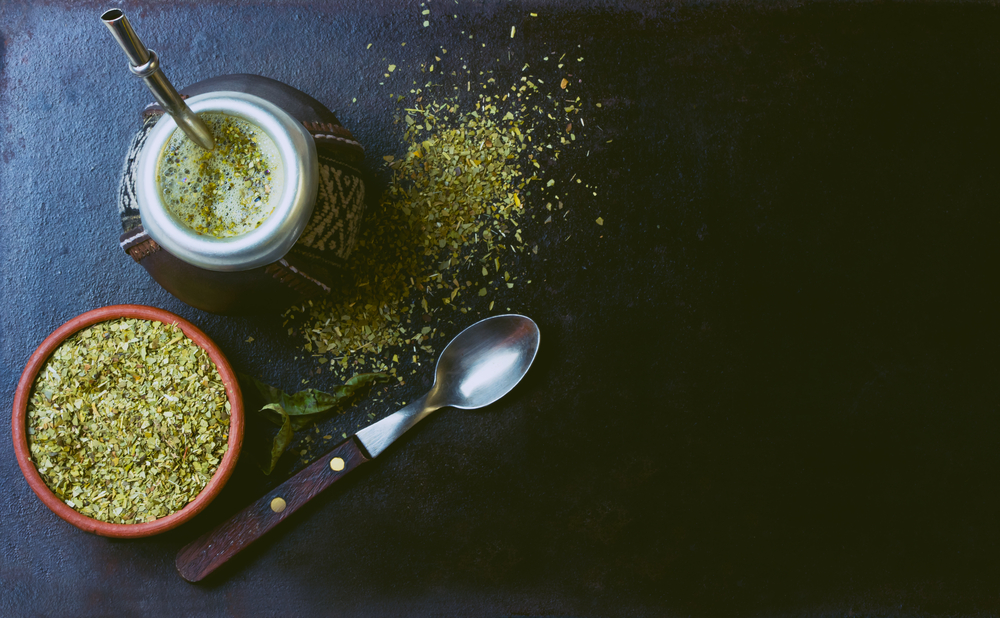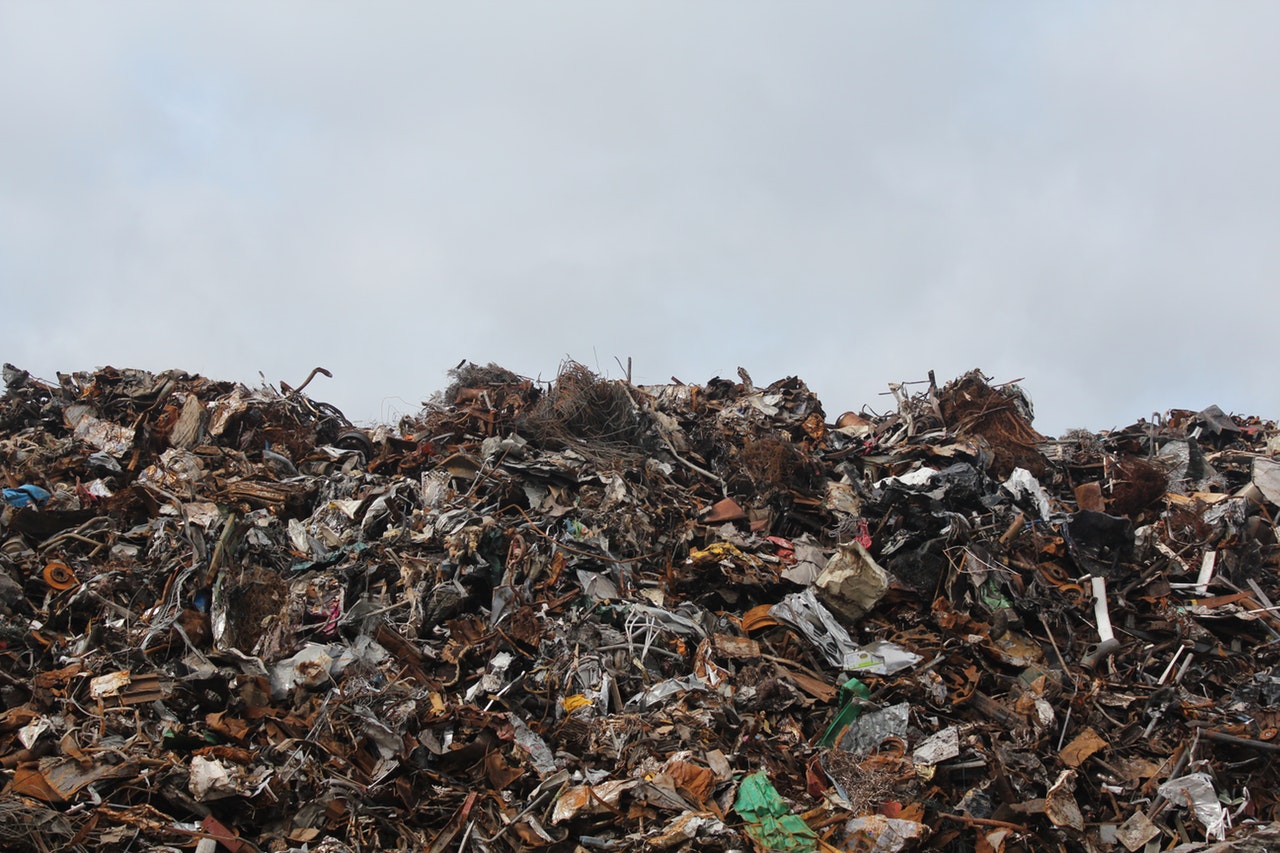According to a report done by the Natural Resources Defense Council (NRDC), getting food from farm to table uses 10% of the total U.S. energy budget, takes up 50% of U.S. land, and guzzles 80% of all freshwater consumed in the United States. On top of that, they say that 40% of food in the U.S. goes uneaten meaning we’re casually tossing $165 billion of uneaten food each year in the can. We’re letting it pile up in landfills, causing copious amounts of methane emissions, and not even batting an eyelash. The worst part is it’s happening at every stage of the food supply chain, and it continues to cause an epidemic that should be answered for.
Loss Through The Food Chain
The average person, more than likely, thinks of food waste as the stuff that’s left over on their plate when they finish a meal or the spoiled product in the pantry or fridge. That is a part of the whole problem, but that’s only one aspect. Many don’t think of what happens during harvest or, as it relates to us, during the processing and manufacturing phase. In fact, 44% of the world’s food waste occurs during production, post-harvest, handling and storing, while 46% happens during processing, distribution, and consumption, according to the FAO.
When a product finally hits the plant to be processed and packaged, there is already an estimated 20% loss from production including things like pests, insects, birds, diseases, weather changes, etc. And, that’s not including the loss occurring during harvest and transportation.
Before facilities begin processing, they once again assess for things like size, weight, color, blemishes, and appearance. This weeding out or culling stage has been estimated to remove another 10%-40% of a product before it moves on to the next phase. Then you reach the cleaning, cutting, cooking, grinding, and packaging which, you guessed, causes even more food loss. Grain product is at the top of the list when it comes to food loss during the processing and packaging because of steps like culling, seafood and meat aren’t far behind.
Think about the trimming and byproduct from livestock slaughter, some of it may be inedible, sure, but it may have other possible uses. Alternatively, look at imported products that have to wait at ports before being admitted into the U.S., which substantially reduces the shelf life of perishable goods. Then you have the nitty gritty – residue from whatever container the product sat in or was processed in. You have the peelings, trimmings, a product that spilled or fell to the ground. Even an incorrect label can be cause for an unnecessary waste of perfectly good product. A very eye-opening example from the same NRDC report mentioned above shares how “Heinz redesigned their sauce packing process to directly fill machines from intermediate holding tanks instead of using lining bags to hold the sauce. This switch saved an estimated 3,000 plastic lining bags which used to have residual sauce inside, amounting to 40 metric tons of combined sauce and plastic waste annually.” I’ll say it again 40 metric TONS – this is just one example from one recognized company, there are how many manufacturing companies in the United States?
Many manufacturers waste raw ingredients because of things like overstocking or having too much inventory on hand caused by pricing, fluctuation in demand, a shift in trend, bulk buying, etc. Sure, KPIs help drive business, but do they account for food waste? No. A study commissioned by the Food Waste Reduction Alliance (FWRA) cited how transportation constraints and liability concerns were top obstacles when it came to product recycling. Regardless of the cause, businesses are sitting on extra product, and there is a lack of visibility to reallocate those raw materials, and they go to waste. Food manufacturers lack the real-time responsiveness and communications needed to move unsold inventory.
A Closer Look at Our Industry
In the nutraceutical world, the impacts of food waste are even more substantial. Pound for pound, kilogram for kilogram the amount of energy required to make a standardized ingredient like a vitamin or a botanical extract is huge. Let’s look at vitamin E for example. Soy-derived vitamin E relies on the production of soybean oil. Soybeans are crushed and then refined into its edible state. However, taking it back to the fields, it takes 20 acres of soybeans to generate just one kilogram or 2.2 pounds of vitamin E oil. To gain an even bigger picture, it costs about $449 per acre put into the land just to grow the soybean – soil, fertilizer, chemical, machinery, maintenance, real estate, etc. The approximate margin per acre is about $16 for the producer. Then, they get processed down to the soybean oil phase, and from there the vitamin E is extracted the prices are $10’s to $100’s per kilogram. Financially it’s a big hit. This impact is felt by all of the prominent ingredients in the market – Turmeric/Curcumin, Coconut Farms, Plant Proteins, Whey Proteins Vitamins, Minerals, Organics & Non-GMO ingredients, Fish oils, Algal oils and the list goes on.
Reduce, Reuse, Recycle
The uses for food waste are endless. In fact, it shouldn’t even be a thing because the practical applications for food waste are readily achievable. Excess food can help feed the homeless and entire populations of developing countries. Food waste can go towards feeding livestock to help reduce farming costs further contributing to sustainable food production. Even more, it can be converted into renewable energy packing our soil with rich nutrients.
Various studies have revealed that food waste from fruit, vegetables, and cereal among other food processing industries can be used as a potential source of bioactive compounds and nutraceuticals. In addition, different vitamins and minerals have been successfully extracted from food waste and have proven as an innovative approach to increase the production of specific compounds for use in both nutraceuticals and/or as ingredients in functional foods.
Our goal at Infield Market is to bring visibility to the tons of product sitting in those warehouses not being put to use. We are an online business-to-business platform that connects vendors and suppliers, allowing businesses to quickly find ways to move their excess ingredient or raw materials. What’s more, we offer real-time responsiveness and communication that so many companies lack as we discussed above. I always like to describe Infield Market like an Airbnb for an excess product. It’s an open forum platform that shows you on a map and in a marketplace type set up what’s out there and what’s available in real-time. Simply put, a company with a leftover ingredient can log on to the platform and list what they have to sell, how much of it is on hand, input all the ingredient specifications – including supply chain traceability information – at what price it’s available for and publish that information to the marketplace right away.
It’s not hard to see how far-reaching and severe the consequences of food waste are – environmentally, financially, socially, morally, and the list goes on. As organizations, businesses, and our industry is becoming increasingly aware of the food waste devastation; innovations are happening to increase food supply chain process, procedures, efficiency, and sustainability.
Think of it this way, if over 800 million people are suffering from malnutrition, and just one-quarter of all food waste could feed 795 million people around the world, what would happen if we all did our part, and then some?

